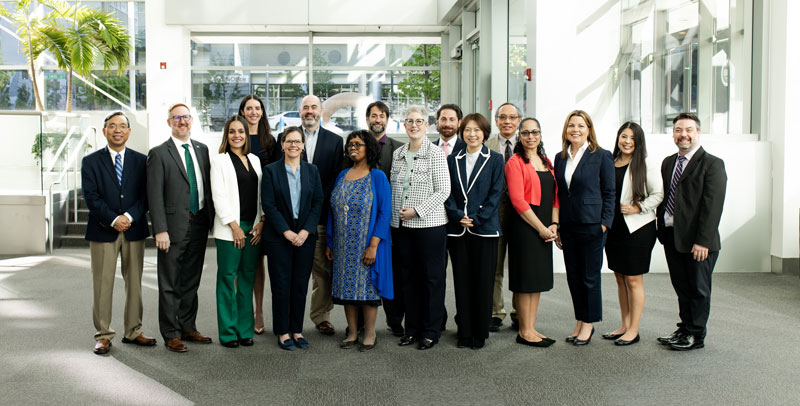The Future of AIR: Strategic Foresight Session
Adrea Hernandez, Executive Director, Institutional Research, University of Notre Dame
Brent Drake, Senior Vice President for Operations and Research, The John N. Gardner Institute for Excellence in Undergraduate Education
The Future of AIR Committee, now in its third year and first as a standing committee, is dedicated to exploring strategic foresight opportunities for the AIR Board of Directors. As an initial step, the Committee recommended a three-part session for the fall in-person Board meeting to introduce the concept of future thinking. This session included: (1) a presentation by the ASAE Center for Association Leadership on strategic foresight, (2) a hands-on foresight exercise, and (3) self-reflection and open discussion.
The session took place during the Board’s fall meeting October 14-15 at Rosen Shingle Creek in Orlando, the future host site of AIR Forum 2025. The morning began with a presentation from Bob London, FASAE, CAE, and Lindsay Curie, CAE, of ASAE, who guided the Board in thinking like futurists. They posed key questions: What is the expected future? What might happen instead? What do we want to happen? The presenters distinguished between futures thinking and traditional strategic planning and outlined essential foresight practices: framing, scanning, and forecasting. They also introduced ASAE’s ForesightWorks, a structured approach to strategic foresight centered on identifying and understanding drivers of change.
Following the presentation, the Board engaged in a mini foresight practice session. Focusing on a key driver of change—the next generation workforce—members used prompts from the ASAE team to explore possible futures: What do we know about the near and mid-term future? How might that impact our organization? What alternative futures could emerge? The Board split into small groups to discuss these questions, leading to rich conversations that were later shared with the full group. This collaborative practice helped identify potential challenges and opportunities AIR might face in the coming years.
The session concluded with time for reflection. Board members considered the presentation, the practice exercise, and how strategic foresight might fit into AIR’s future efforts. The experience highlighted the challenges of foresight—anticipating the unexpected, balancing risk with the potential for positive outcomes, and the importance of open-mindedness. While difficult, the Board recognized the value of investing time in foresight, especially given their role in focusing on organizational vision and direction, while the AIR Executive Office focuses on execution.
The session prompted discussions on regularly incorporating strategic foresight into Board meetings, fostering generative conversations about future trends, and identifying resources to address upcoming changes.
The Future of AIR Committee will assess the October session and consider ways to build on this foundation. Moving forward, the Committee aims to explore various approaches to future thinking and identify the best ways for the Board to incorporate strategic foresight into its ongoing work, and how to incorporate it into engagement with AIR members.

